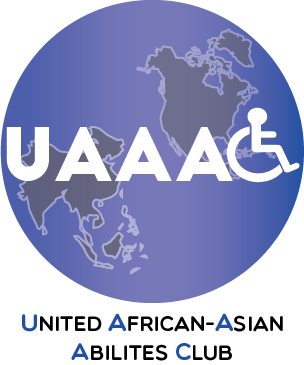The impact of people on the environment is an issue currently being given considerable attention. But the impact of the built environment on people is something many rarely consider. For many people with disabilities the built environment acts as a powerful barrier to their full inclusion in the community. It affects their day-to-day functioning in ways few others can appreciate. The inability of people with disabilities to access the facilities that everyone else in the community takes for granted—cafes, public buildings, swimming pools, libraries, sporting facilities and movie theatres—limits their independence and compromises their quality of life. More than 27 per cent of respondents said that lack of access to the environment acts as a barrier to their full participation in the life of the community.
It is hard for people without a disability to imagine the difficulties many people with disabilities encounter as they move around the community. Organising to meet a group of friends for dinner only to discover the restaurant is inaccessible. Being unable to attend a child’s end-of-year ballet concert because the venue has no access. Not being able to go to the movies because there are no screens with technology to assist people with a hearing impairment. Playgrounds that contain accessible equipment but that are routinely locked and can only be accessed with a key.
And, as a number of submissions noted, accessibility issues rarely end at the front door. Once inside, many people with disabilities encounter further barriers such as a lack of accessible bathrooms or lifts without Braille signage. Uneven surfaces, reflective surfaces, narrow doorways, and a lack of clear signage all affect the ability of people with disabilities to successfully negotiate the interiors of many buildings. As these submissions highlighted, there appear to be multiple barriers to change, including a lack of understanding and awareness in the community about access issues and a lack of comprehension of both the economic and social benefits of implementing universal design principles. Many submissions noted that as the Australian population ages the need for accessible buildings, facilities and spaces will only increase. Yet people in the community still tend to regard accessibility as someone else’s problem.
